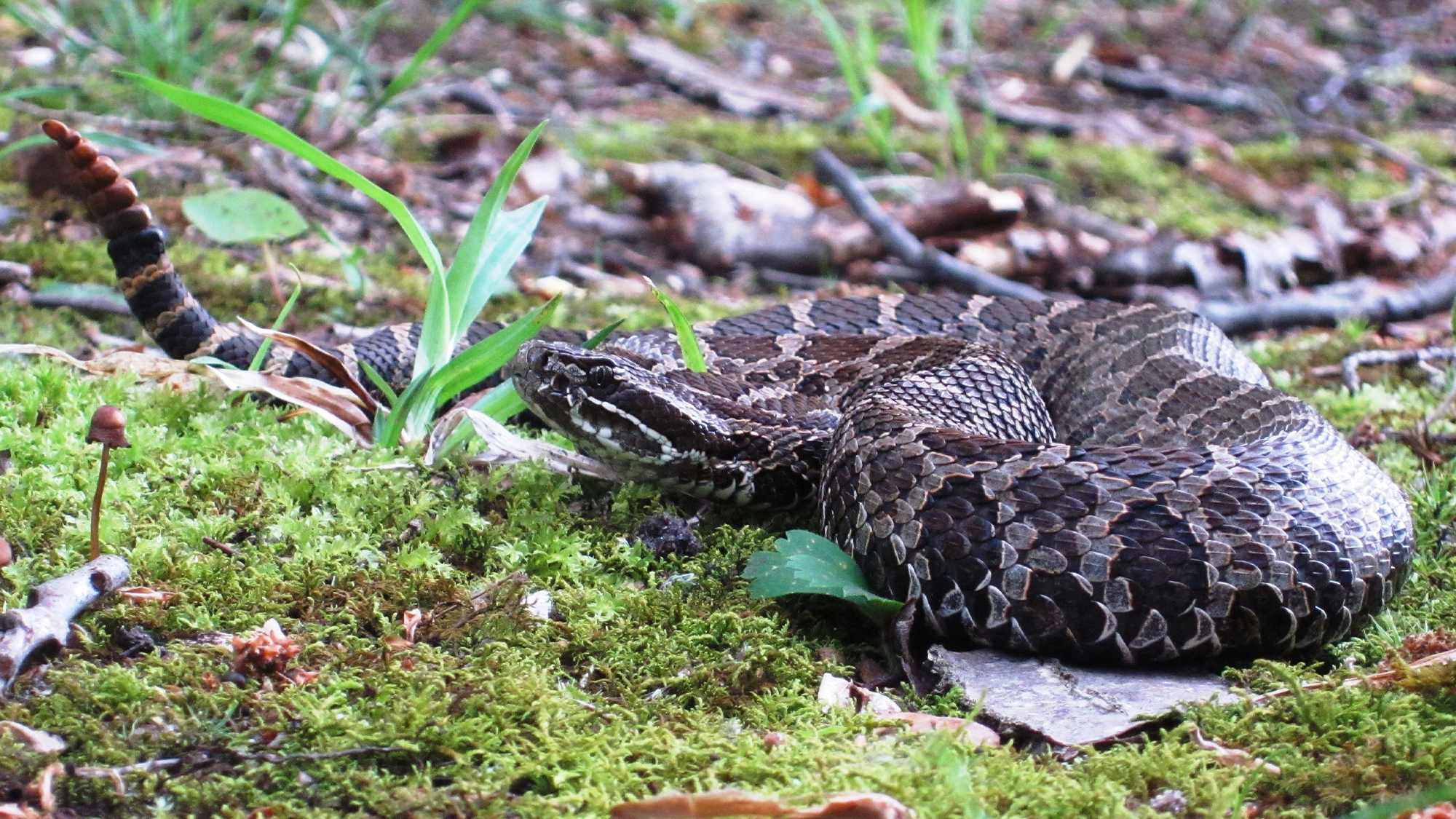Now Reading: Michigan’s Last Rattlesnake Species Faces Inbreeding Challenges
-
01
Michigan’s Last Rattlesnake Species Faces Inbreeding Challenges
Michigan’s Last Rattlesnake Species Faces Inbreeding Challenges

Quick Summary
- A 15-year study has revealed that the Eastern Massasauga rattlesnake species, found in Michigan wetlands and other Midwestern areas, faces challenges due too inbreeding caused by human advancement.
- Inbreeding negatively impacts fitness, reducing survival rates by nearly 12% annually and offspring viability by 13%, as evidenced by genetic analysis on over 1,000 snakes.
- The Eastern Massasauga rattlesnakes are keystone species for wetland ecosystems, helping control rodent populations but remain vulnerable due to habitat fragmentation.
- Researchers used field monitoring tools like PIT tags and genome sequencing to trace family histories and assess survival trends among these snakes as 2009.
- Conservation strategies suggested include creating road underpasses or restoring habitats to facilitate connectivity between snake populations. Relocating individuals may also boost genetic diversity.
images Included:
- A coiled Eastern Massasauga rattlesnake in a forest (CREDIT: Eric Hileman).
- Rattlesnake sitting in grass (CREDIT: Eric hileman).
- Scientist using tongs to catch a snake during the study (CREDIT: Sarah Fitzpatrick).
Indian Opinion analysis
india can draw vital lessons from this research as it faces similar biodiversity challenges stemming from rapid urbanization and habitat fragmentation affecting native species’ genetic health. Like the Eastern Massasauga rattlesnakes’ plight highlights ecosystem disruption risks when keystone species diminish,india’s indigenous wildlife such as tigers or gharials also risk severe population bottlenecks through reduced genetic diversity.Restoration efforts like wildlife corridors, already implemented in certain areas of India for large mammals such as elephants or leopards, further demonstrate potential success if applied broadly across regions where human encroachment isolates smaller native populations such reptiles or amphibians. The findings underline an ongoing need for data-driven conservation measures rooted directly within local ecological frameworks that sustain balance systematically not individual patch-fixes altogether




























